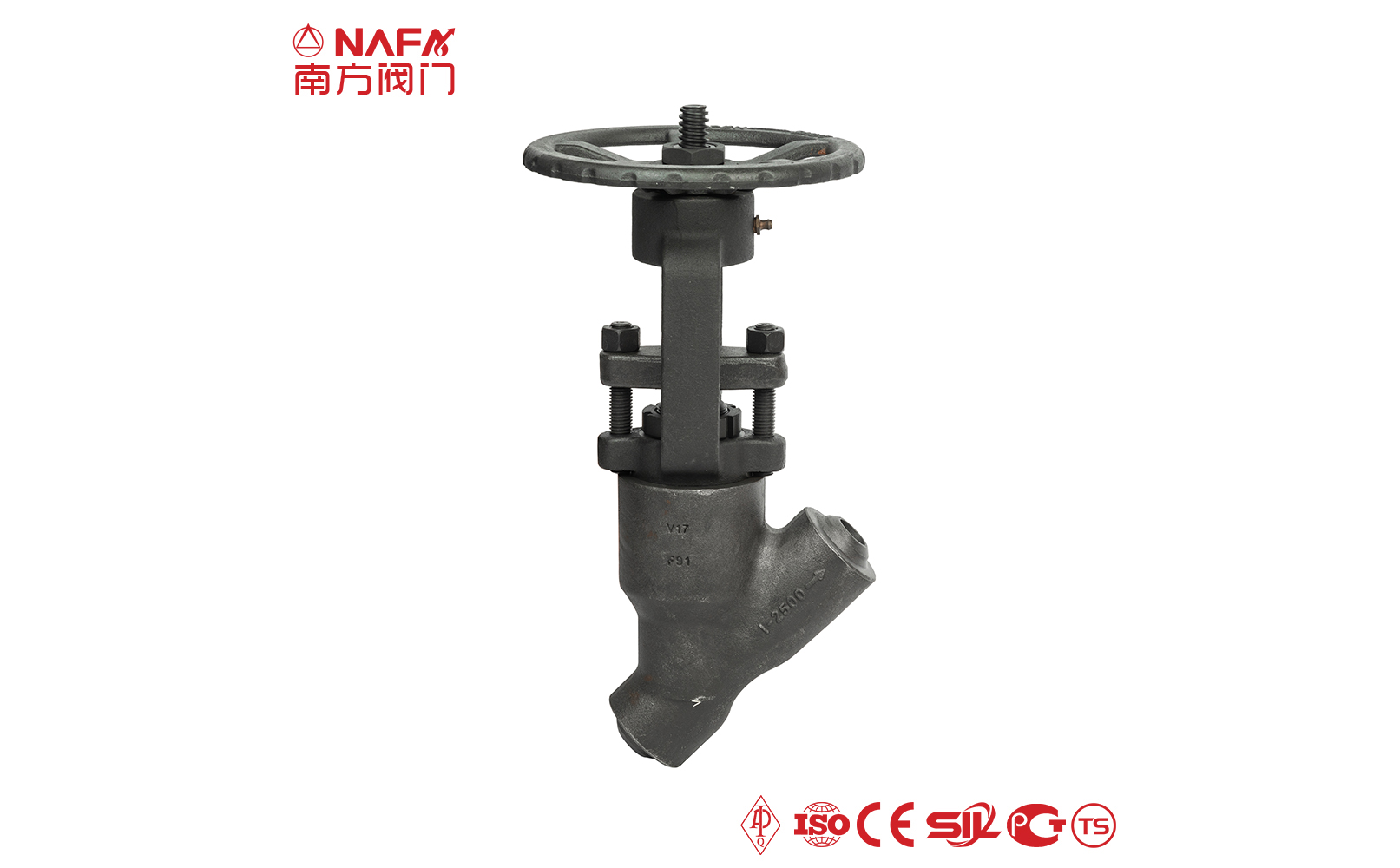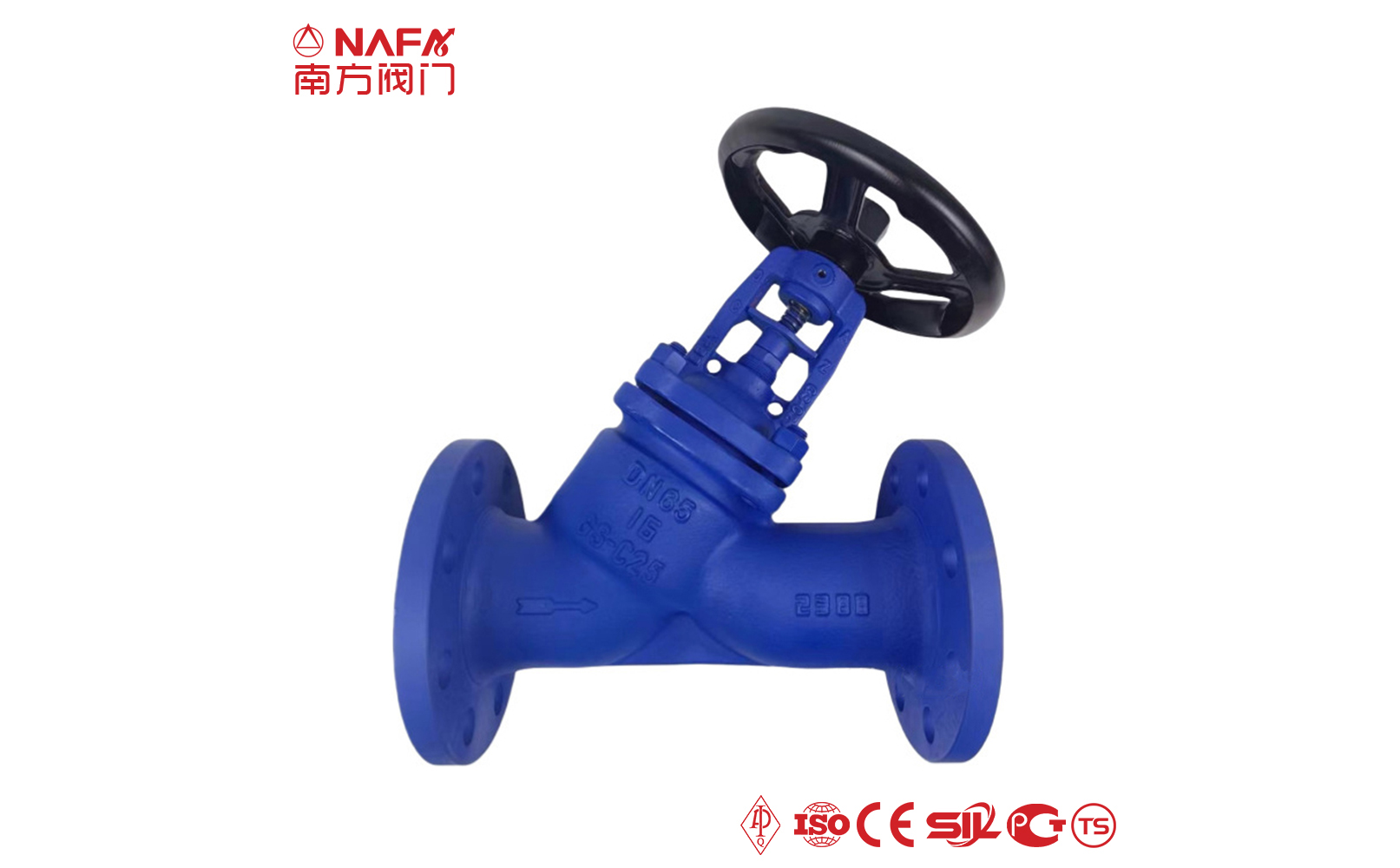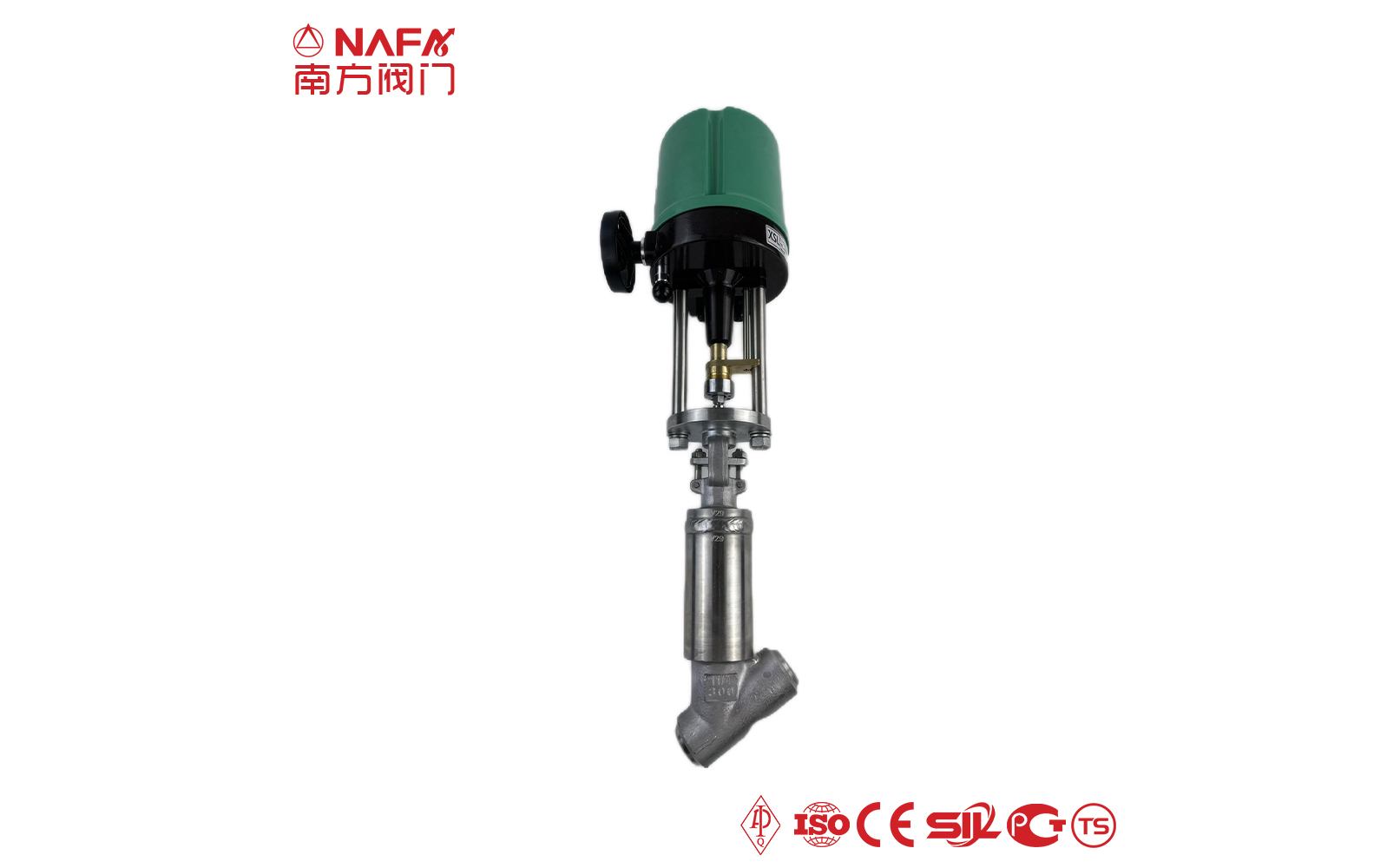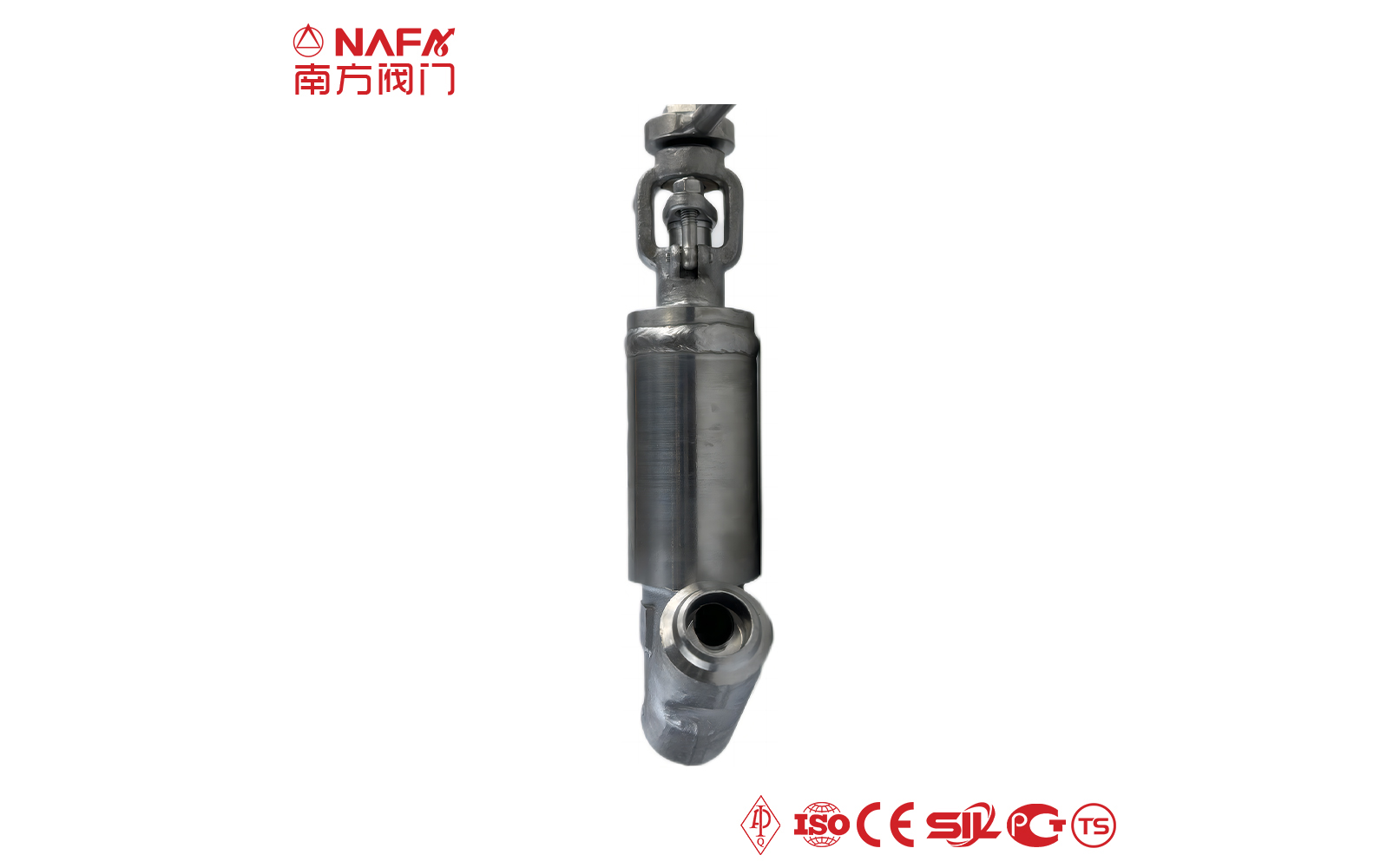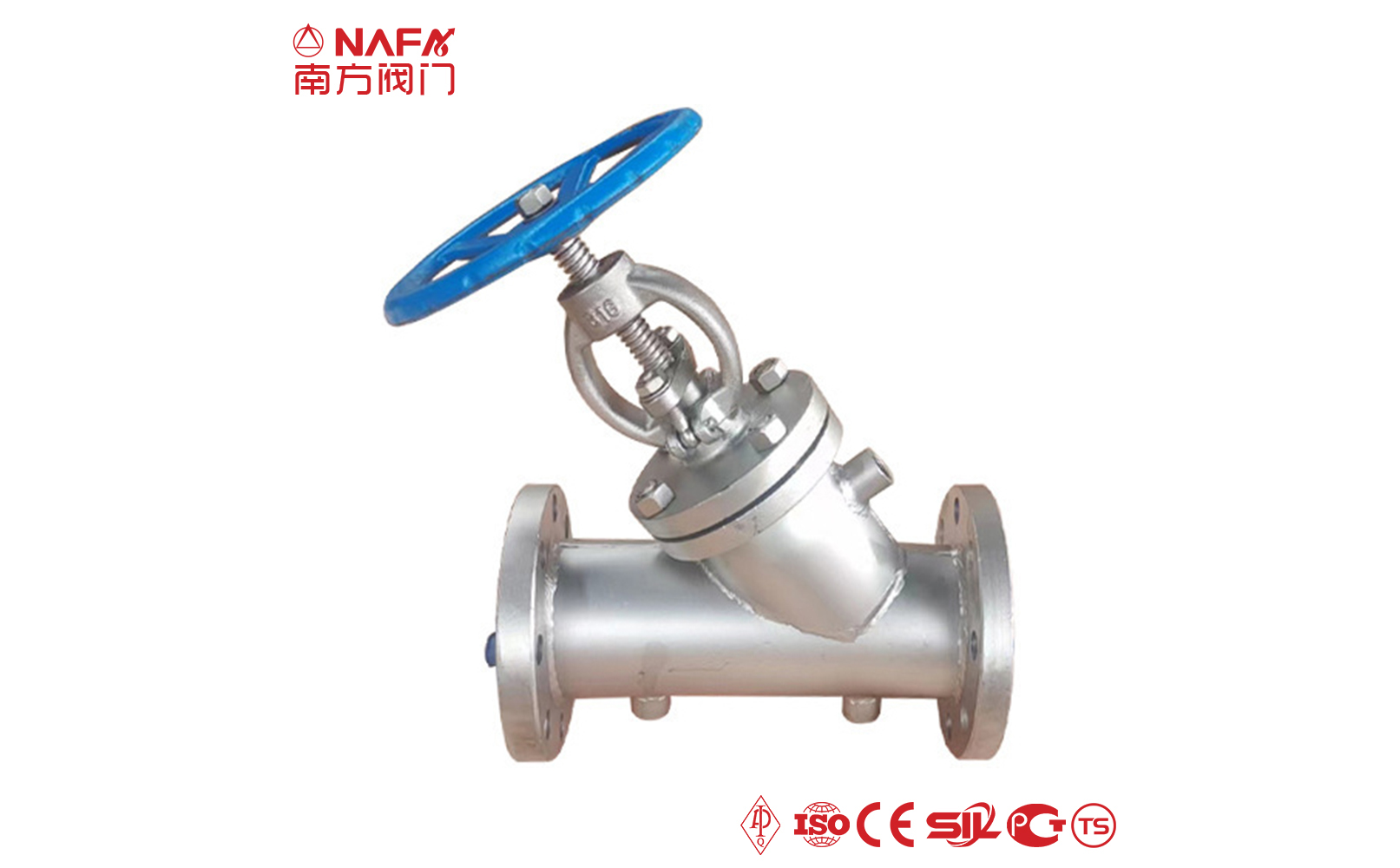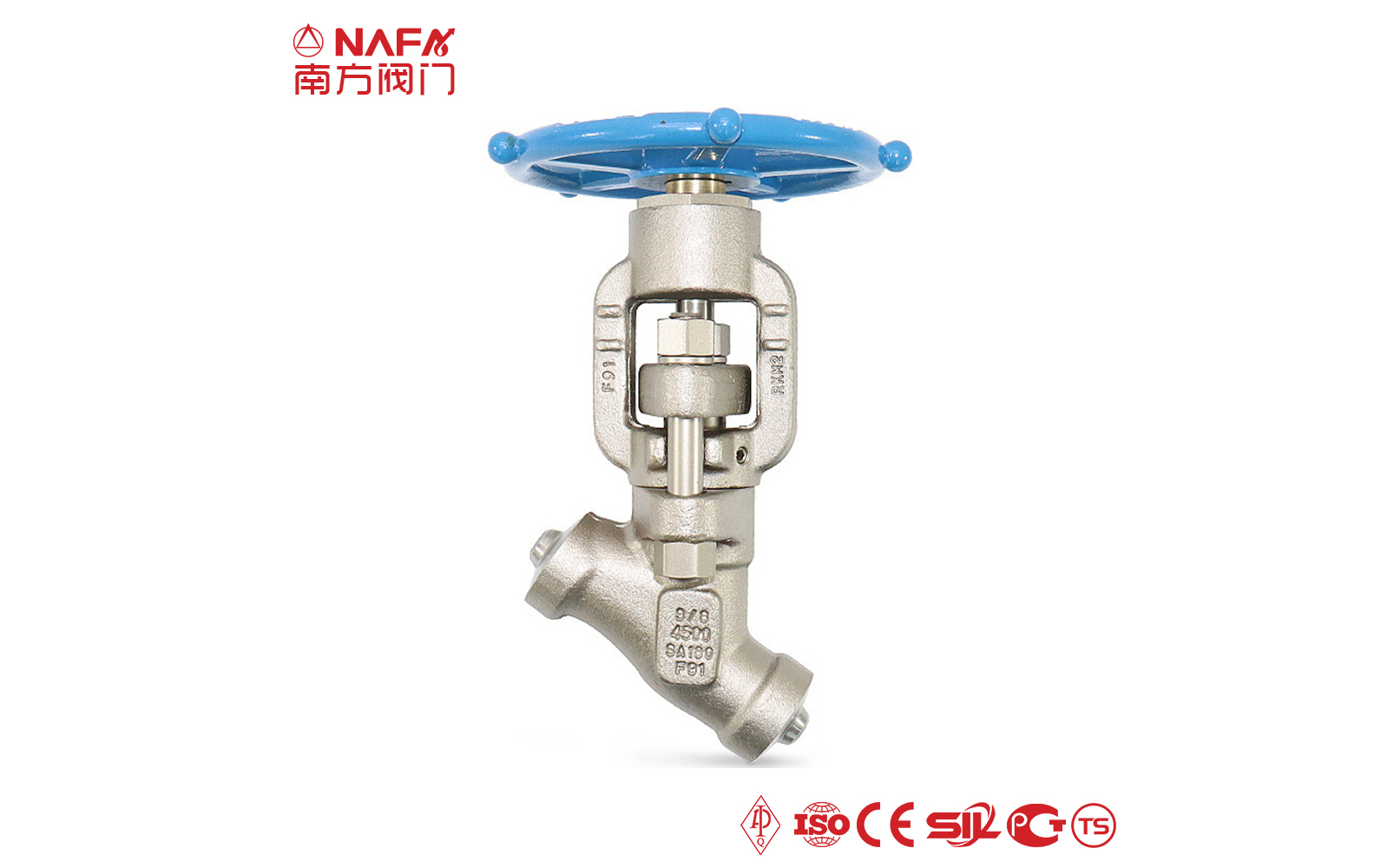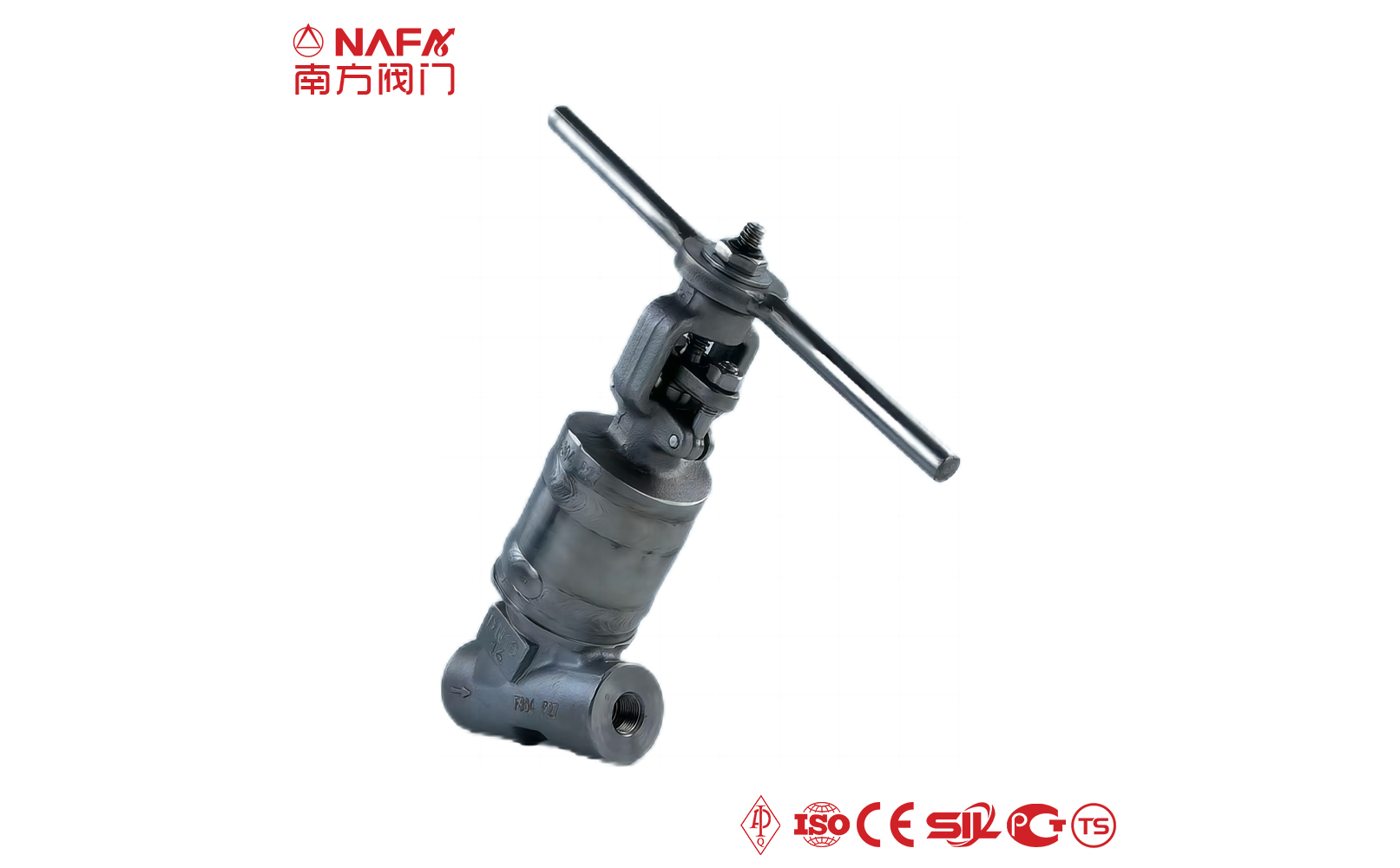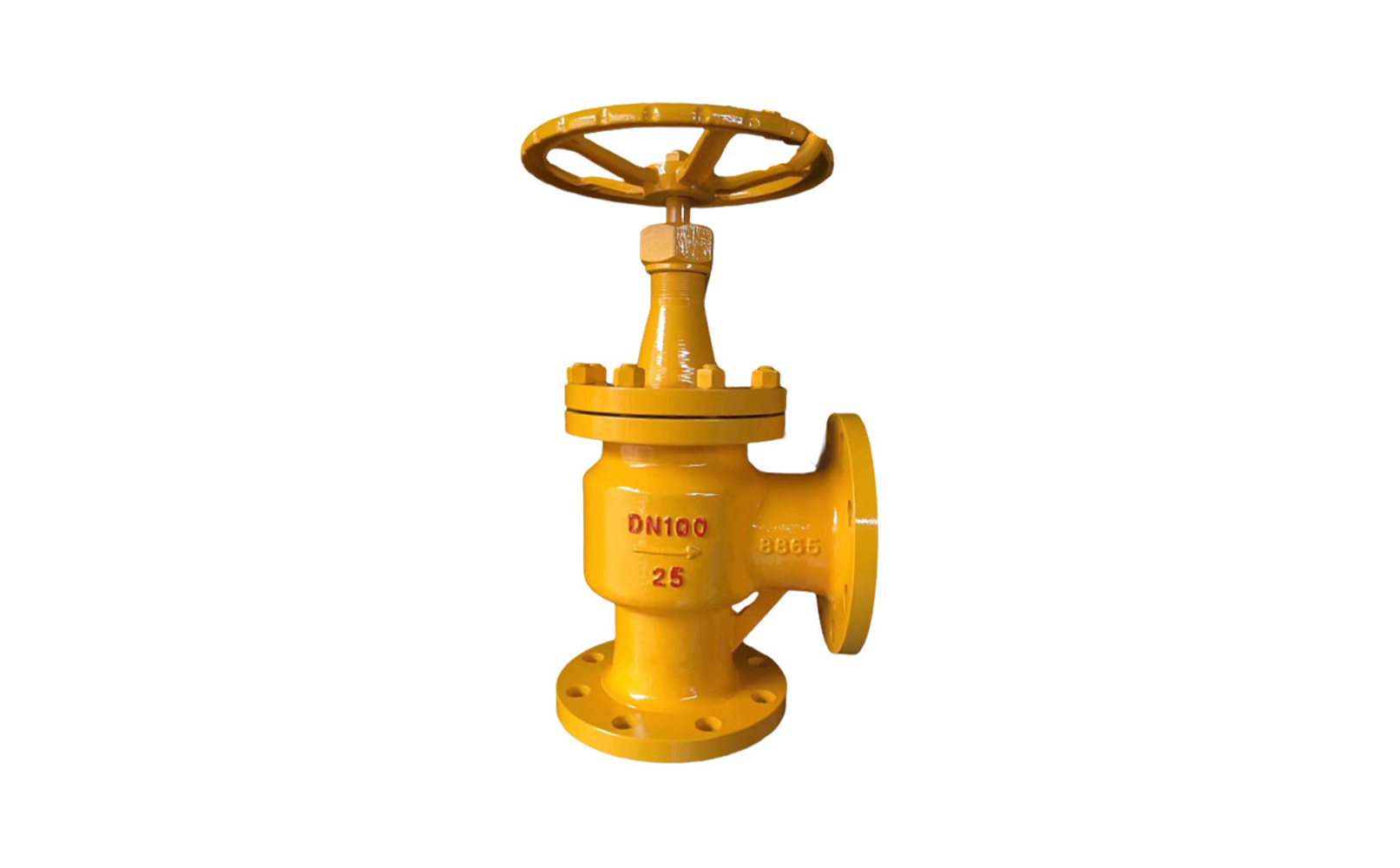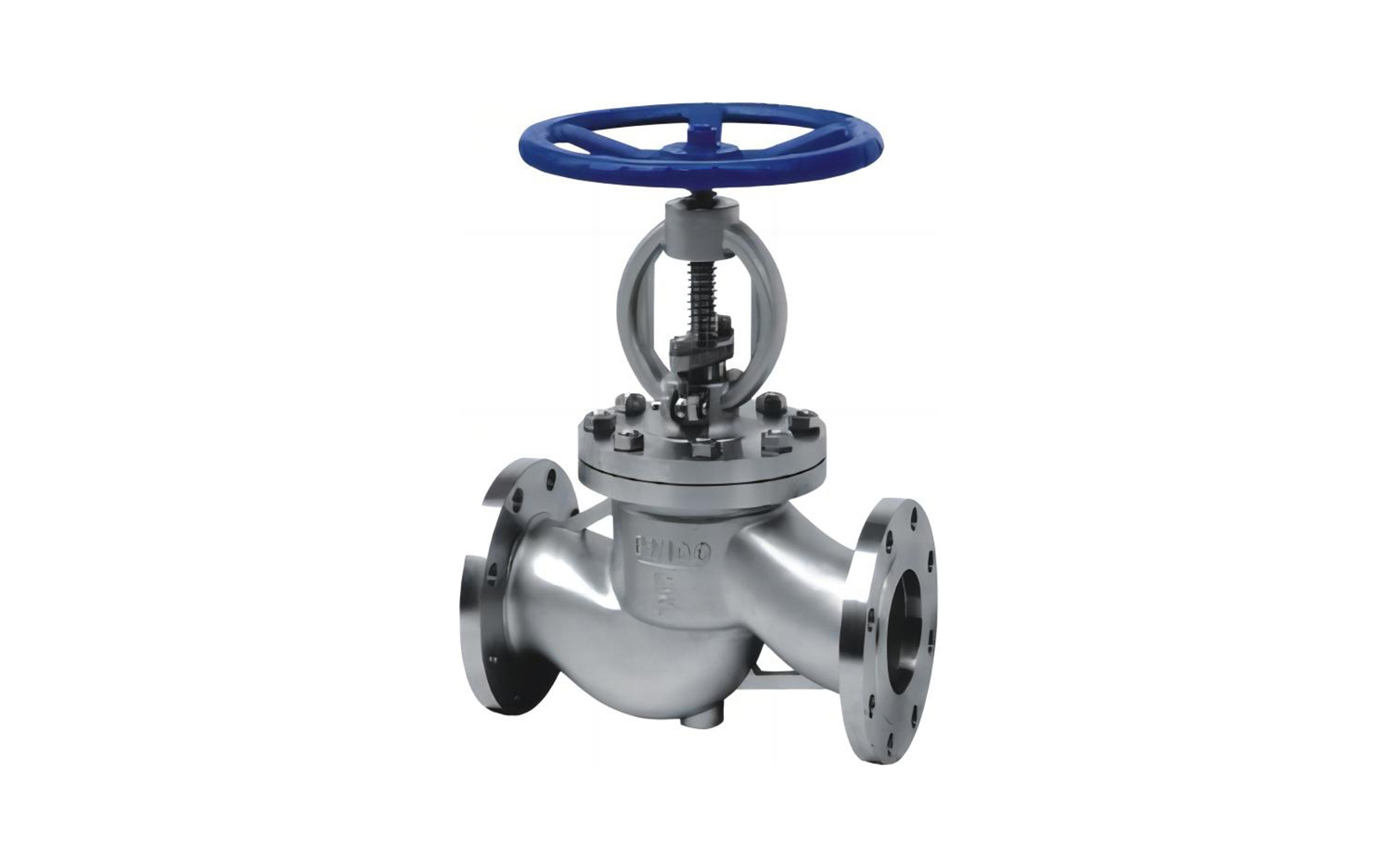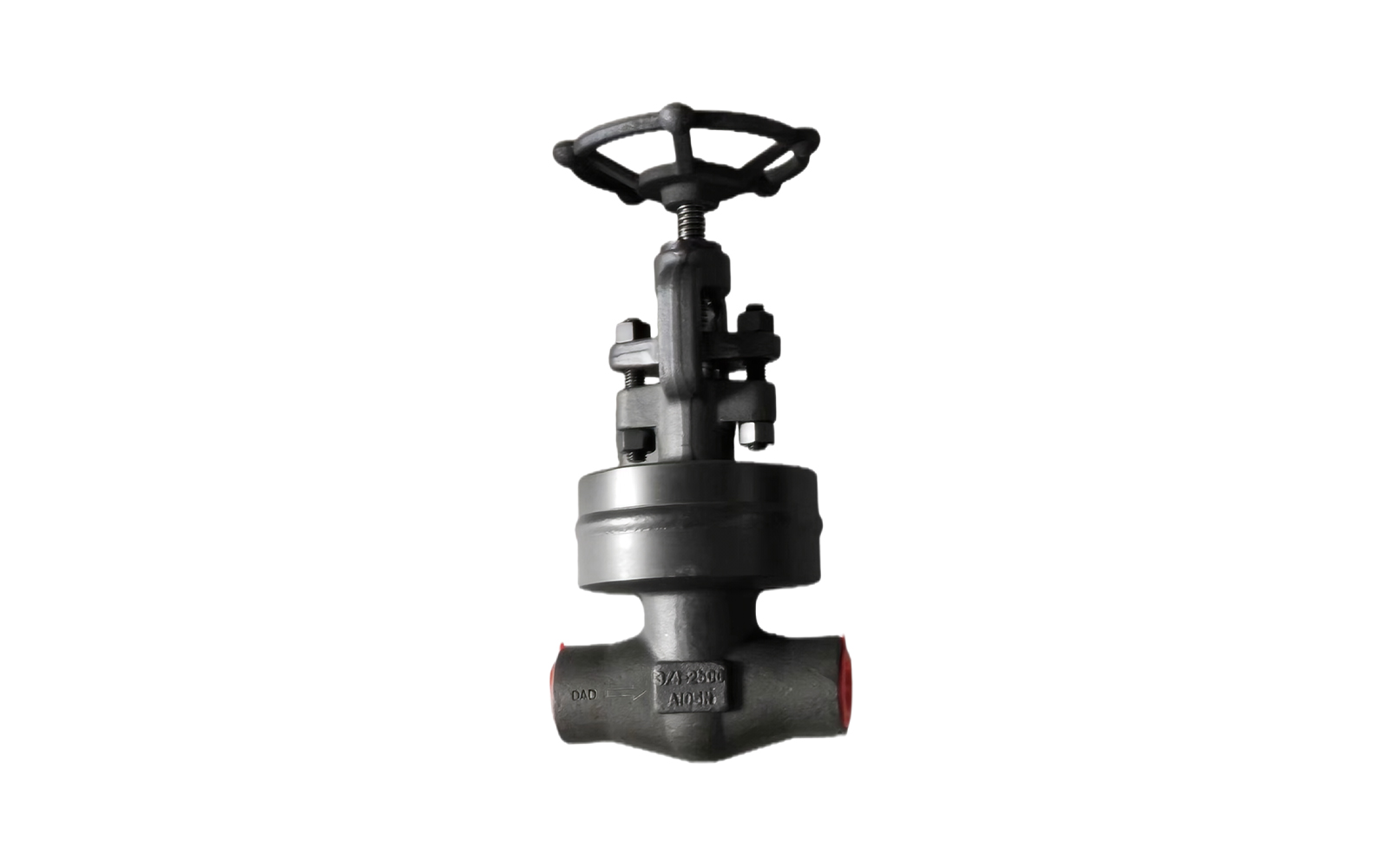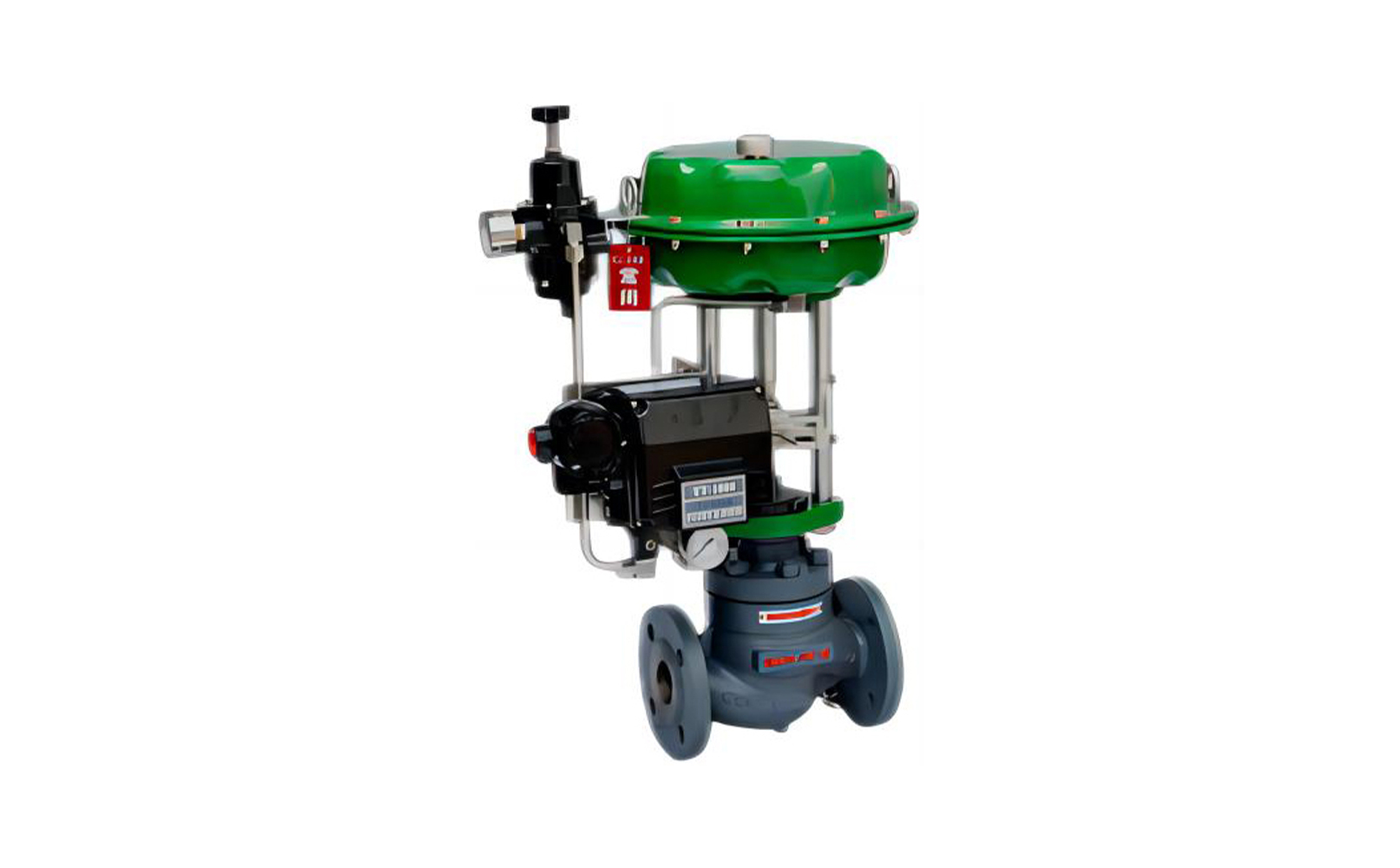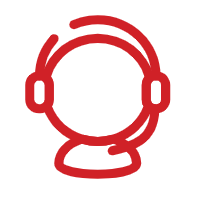- 01The flow channel of the valve body forms an oblique line with the main flow channel, so the degree of damage to the flow state is smaller than that of a conventional stop valve, and the pressure loss through the valve is correspondingly smaller.
- 02The Y-type globe valve has small fluid resistance, low valve stem height, short valve stem working stroke, and is easier to inspect and maintain.
- 03If the medium flows back, the medium flow direction is consistent with the closing direction of the valve core. Under the action of the medium pressure, the Y-type globe valve is easier to close.
- 04The valve stem is tempered and nitrided on the surface, with good corrosion resistance and anti-friction performance.
- 05The sealing surface is pushed and welded with Stellite carbide, which has good wear resistance, corrosion resistance, anti-friction performance, and long service life.
- 06The working stroke is small and the opening and closing time is short.
-
 API
API -
 АСМЕ
АСМЕ -
 АНСИ
АНСИ -
 RU
RU -
 ДИН
ДИН -
 ГОСТ
ГОСТ -
 ГБ
ГБ -
 JIS
JIS
| The characteristics of Y-type globe valve |
The disc is usually flat, claw-guided or conical to meet the requirements of different working conditions. The conical disc profile can be designed with multiple tapers to produce primary and secondary throttling. Flat discs and valves with claw-guided discs can be equipped with a wiper to clean the valve seat before sealing, or a rubber seal can be installed on the valve seat to improve the sealing performance of the valve. Y-type globe valves are usually cast, and high-pressure valves are forged. According to different working conditions, special materials such as duplex stainless steel can be selected. The valve stem and the channel form a certain angle, and the valve seat sealing surface and the inlet and outlet channels have a certain angle. The fluid hardly changes the flow direction, which is the smallest flow resistance among the stop valves. Suitable for pipelines with coking and solid particles. The valve seat and valve disc sealing surface can be welded with hard alloy to make the entire valve more resistant to erosion and corrosion, which is very suitable for pipeline control in the alumina production process. |
| Technical Parameters | |
| Size | DN15-DN1500, 1/2''-60'' |
| Pressure | PN10-PN420, Class150-Class2500 |
| Temperature | -200°C to 650°C |
| Connection Type | Flange, Thread, Wafer, Welded |
| Operation Mode | Manual, Pneumatic, Electric, Hydraulic, Gear operation |
| Materials | ||
| Valve Body | Forged | A105, LF2, F5, F9, F11, F22, F304, F316, F347, F904, F51, F53, F310, N08020, Inconel625, etc |
| Cast | WCB, LCB, C5, C12, WC6, WC9, CF8, CF8M, CF8C, 4A, 5A, CN7M, C95800, CW6MC, etc | |
| Valve Stem | F6a, 17-4PH, XM-19, F304, F316, F347, F904, F51, F53, F310, Monel400, Monel500, N08020, Inconel625, Incoloy825, etc | |
| Valve Disc | A105, LF2, F5, F9, F11, F22, F304, F316, F347, F904, F51, F53, F310, N08020, Inconel625, F6a, 17-4PH, XM-19, F304, F316, F347, F904, F51, F53, F310, Monel400, Monel500,Incoloy825,WCB, LCB, C5, C12, WC6, WC9, CF8, CF8M, CF8C, 4A, 5A, CN7M, C95800, CW6MC, etc | |
| Seat Sealing | SS, BR, CU, AS, CS, AL, PTFE, NBR, FKM, AI203, etc | |
| Design Standards | |
| Valve Body | API 6D, API 608, ASME B16.34, DIN 3357, BS 5351, GOST 9833, JIS B2071, GB/T 12237, etc |
| Flange | ANSI B16.5, EN 1092-1, JIS B2220, GB/T 9113, ASME B16.47, GOST 12821, DIN 2543-2545, etc |
| Connection | ANSI B16.10, ASME B16.25, JIS B2212, GOST 33259, DIN 3202, etc |
| Test Standards | API 598, ISO 5208, BS EN 12266, ASME B16.104, GOST 9544-2015, JIS B2003, DIN 3230, etc |

